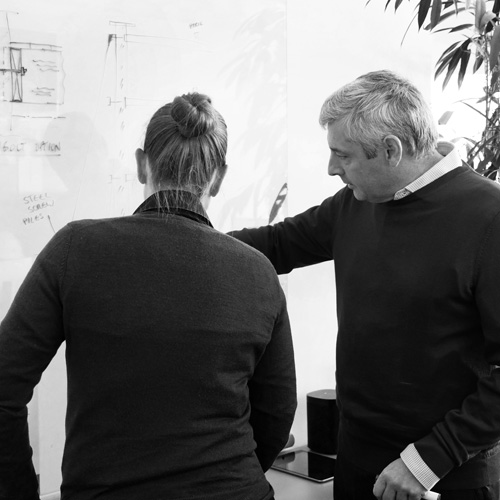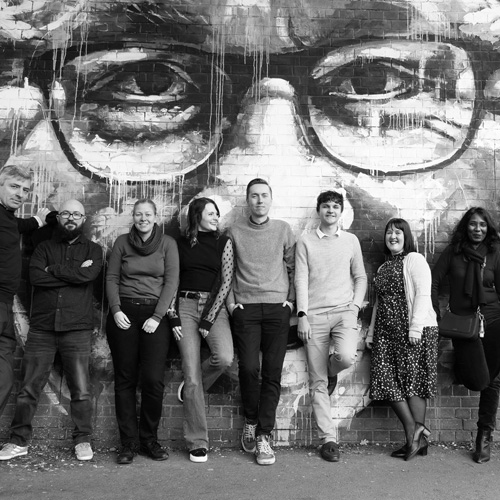With an annual demand for 203,000 engineers and technicians with a broad engineering skillset across the country, the Building Design & Construction Magazine published an article this week about the need for more diversity in construction to meet the UK’s growing appetite in construction – addressing the underrepresentation of communities who have historically not had ready access to the relevant training opportunities. While it’s crucial to increase the number of employers taking on apprentices, it’s unsurprising there’s a shortage when the perceptions of the industry have remained stagnant for so many years.
Even as recent as August 1996, The Institution of Civil Engineers made a breakthrough against the Yellow Pages to have the listing for hole bores changed from ‘Boring: see civil engineers’ to ‘Boring: see sites exploration’ – a jovial play on words that many believed summed up engineers; that we are boring!
Although things have progressed since the days of the iconic printed telephone directory, nonetheless, there is still an outdated perception of what modern engineers do, and a socially-awkward ‘geek’ crunching numbers at a desk day-in and day-out isn’t going to appeal to a young mind when they’re dreaming of racing in the F1 or flying to the moon with Richard Branson.
It’s been said before – ask a young person what a doctor does and they’ll have a good understanding, but ask them what engineers do and they’ll struggle to give you an answer.
So how do we combat this?
Representation is key, and sharing our experiences and skillsets is the best way to push back against stereotypes that put a limit on the industry’s capabilities.
Jody Pearce, Managing Director for Mosaic CSE, explains; “While our main focus is on structural engineering, our project input is not limited to that sphere of experience. We enjoy using our knowledge to offer a different perspective in a truly holistic approach, and it’s vital that we continue sharing this with our younger generations to ignite that passion that made us become engineers in the first place.”










